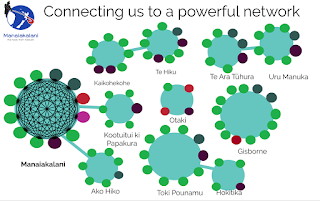Ubiquitous Learning

Ubiquitous Learning allows students to learn anywhere, anytime and at any pace. Making learning visible and connected allows for this. Ubiquitous allows students that are absent or need extra support to access their learning through rewindable learning. This could be a video, a site, a slide etc, that children can access any time. I was really excited to see the Woolf Fisher data from the Summer Learning Journey. My school has signed up to do this after the slump we saw last Summer holidays. The gains were incredible. I will be using some of these infographics to share with parents on the 'why' of encouraging their children to do this. Today was the last day of the DFI course. I have thoroughly enjoyed moving my own teaching and learning towards being more visible for my students and their whānau.



